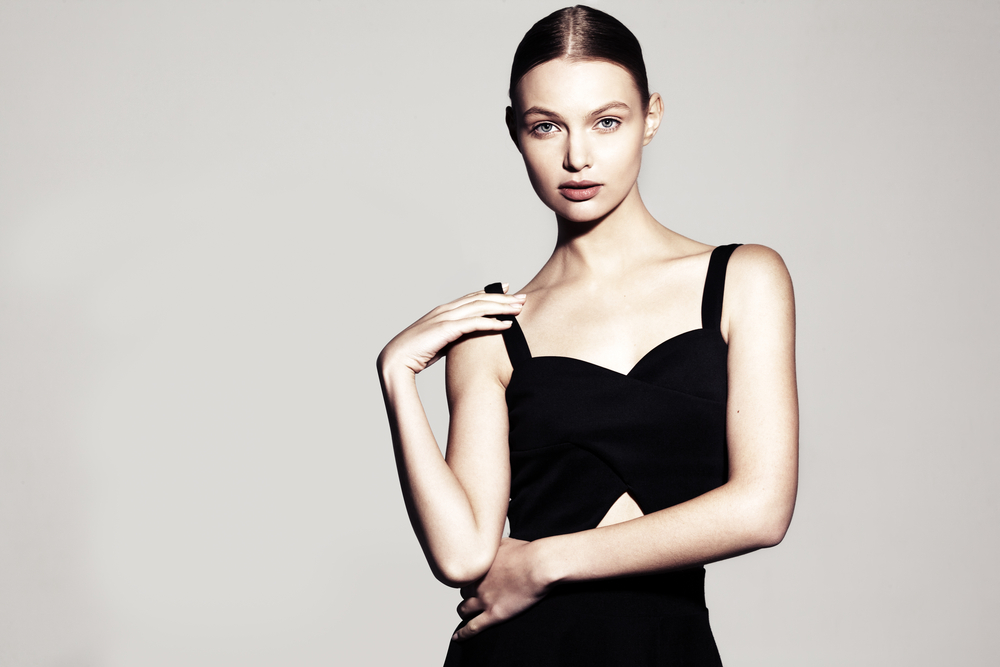
The Art and Science of Modeling: Unveiling the Secrets Behind the Catwalk
The Art and Science of Modeling: Unveiling the Secrets Behind the Catwalk
When we think of modelling , we often picture glamorous individuals strutting down the catwalk, effortlessly showcasing the latest fashion trends. But behind the glamour lies a fascinating blend of art and science that brings these runway spectacles to life. In this article, we delve into the world of modeling , exploring the secrets and techniques that make it an extraordinary form of art and a science in its own right.
The Art of Modeling
Modeling is undoubtedly an art form. It is the art of conveying emotions, attitudes, and stories through dynamic body movements and facial expressions. Models are not mere hangers for clothes; they are living canvases that bring life to the designer's vision.
Firstly, posing is a crucial skill in the art of modeling. Models must learn how to position their bodies in ways that accentuate the clothes while also creating visually pleasing lines and shapes. Each pose must convey a specific mood or message, whether it's elegance, confidence, vulnerability, or rebellion. The art of posing requires discipline, practice, and an eye for aesthetics.
Furthermore, facial expressions play a pivotal role in modeling. Models convey emotions through their expressions, as they are the window to the soul of the presentation. The ability to express joy, sadness, serenity, or determination with the subtlest of movements is an exceptional talent possessed by successful models.

Finally, the art of modeling encompasses the ability to create a story on the runway. Models must embody characters and narratives that the designer wishes to portray. They become the living embodiment of the inspiration behind the fashion collection, captivating the audience and inviting them into a different world for a moment.
The Science of Modeling
While modeling is undoubtedly an art, it also relies heavily on science. Various scientific principles come into play, ensuring that the runway shows are not only visually stunning but also precise and harmonious.
One key element in the science of modeling is choreography. Fashion shows are meticulously planned with the movements of models timed to perfection. The coordination between music, lighting, and the models themselves is crucial in creating a seamless and captivating show. Choreographers work behind the scenes to create the fluidity and synchrony that make the catwalk an enchanting experience.
Additionally, the science of modeling incorporates the study of body proportions and geometry. Models' bodies are analyzed and assessed to determine the most aesthetically pleasing and harmonious shapes. Scientific principles guide decisions about how certain garments and silhouettes flatter different body types. This analysis and knowledge help designers create pieces that complement and enhance the human form.
Another scientific aspect of modeling lies in the use of technology. Computer-generated graphics, virtual reality, and advanced lighting techniques have transformed the runway into a multimedia spectacle. These technological advancements enable designers to push artistic boundaries and create immersive experiences for the audience.
FAQs
Q1: What are the requirements to become a model?
A1: The requirements to become a model vary, but generally, agencies seek individuals who possess specific physical attributes such as height, proportionate body shape, and unique facial features. However, diversity in modeling is increasing, encompassing different body types, ethnicities, and ages.
Q2: Can anyone learn to pose and walk like a model?
A2: While some people may possess natural grace and poise, anyone can learn how to pose and walk like a model. With practice, dedication, and guidance from professionals, individuals can develop the skills needed to captivate on the catwalk.
Q3: How do models convey emotions without speaking a word on the runway?
A3: Models convey emotions through their facial expressions, body language, and body movements. They are trained to project specific emotions and attitudes through subtle yet impactful gestures, allowing them to tell a story without uttering a single word.
Q4: Are there any health concerns associated with modeling?
A4: Like any profession, modeling has its risks. Unhealthy beauty standards, pressure to maintain specific body sizes, and the prevalence of eating disorders can negatively impact models' physical and mental well-being. However, the industry is gradually moving towards inclusivity and body positivity, promoting a healthier image for models.
Q5: How do models prepare for runway shows?
A5: Models undergo extensive preparation for runway shows. This includes fittings to ensure garments fit perfectly, practicing walks and poses, and understanding the designer's vision. They may also participate in hair and makeup tests before the show to finalize the overall look.
In conclusion, modeling is an intricate blend of art and science. It demands skills in posing, storytelling, choreography, body proportions, and technology. Behind the glitz and glamour of the catwalk lies a world where beauty, creativity, and science intertwine to create visually stunning spectacles. So, the next time you watch a runway show, take a moment to appreciate the artistry and the science that make modeling a captivating and awe-inspiring profession.
Other useful resources
- https://en.wikipedia.org/wiki/Category:Models_by_modeling_agency
- https://en.wikipedia.org/wiki/Modeling_agency
- https://en.wikipedia.org/wiki/Category:Modeling_agencies